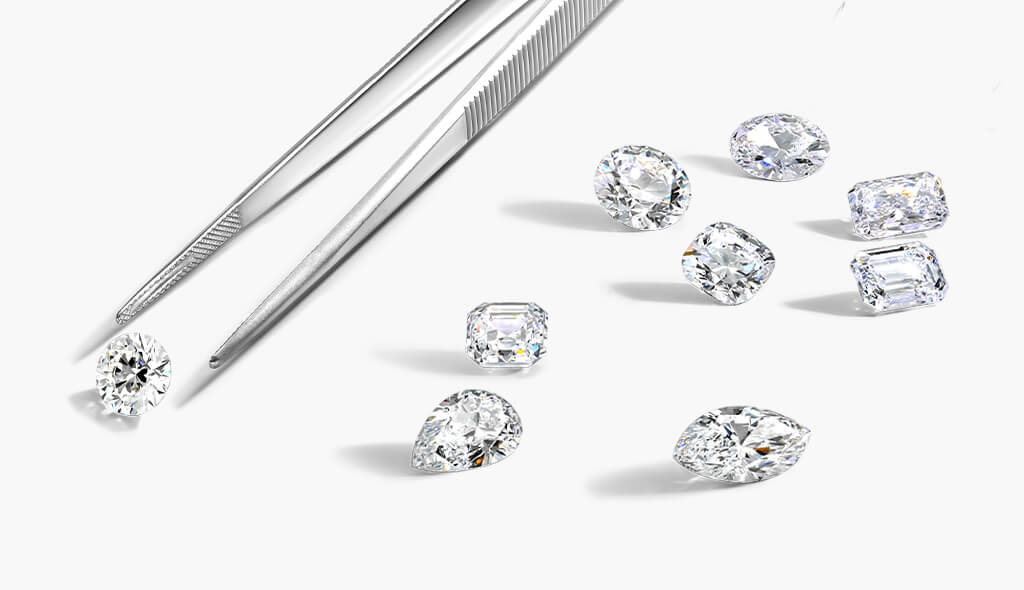
Wondering which affordable stone to choose for your engagement ring or next piece of jewelry? We’ll walk you through all there is to know about simulant diamonds vs. lab grown diamonds and help you make the best choice for your budget and preferences!
Before we dive into the world of simulants and lab grown diamonds, let’s get to know the star of the show – diamonds themselves. Diamonds are precious gemstones formed deep within the Earth’s mantle under immense pressure and heat. They are renowned for their exceptional hardness, brilliance, and timeless beauty.
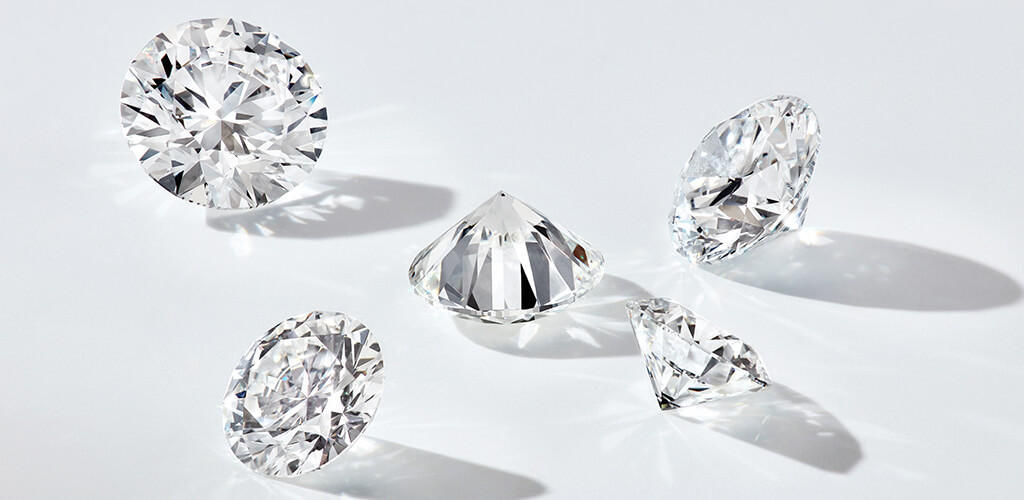
Simulant diamonds, often referred to as diamond simulants, are gemstones that mimic the appearance of natural diamonds but are composed of different materials. These stones are crafted to imitate the sparkle and allure of genuine diamonds.
Simulant diamonds closely resemble natural diamonds in terms of their appearance. They possess remarkable brilliance and clarity, making them visually indistinguishable from their natural counterparts to the naked eye.
One significant advantage of simulant diamonds is their affordability. They are generally more budget-friendly compared to natural and lab grown diamonds, making them an attractive option for those seeking a diamond-like aesthetic without the hefty price tag.
From an ethical standpoint, simulants are conflict-free. Since they are not mined, they do not contribute to the ethical concerns associated with the diamond industry, such as blood diamonds.
Stones like moissanite and cubic zirconia are created using a method called crystal synthesis. In this process, scientists replicate the conditions found deep within the Earth’s mantle, where natural gemstones are formed.
By heating and cooling specific chemical compounds, they can generate crystals with properties resembling those of diamonds or other precious stones, making them popular choices for jewelry due to their brilliance and affordability.
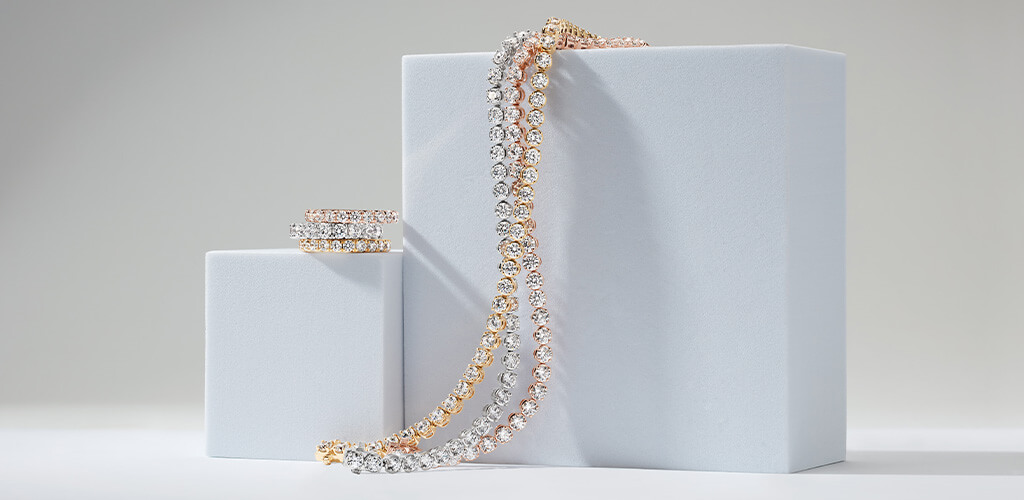
Lab grown diamonds, also known as synthetic diamonds, are a product of advanced scientific processes that replicate the natural diamond formation process. They are created in controlled environments, such as laboratories, rather than being extracted from the Earth’s crust.
Lab diamonds are virtually identical to natural diamonds in terms of appearance. They possess the same brilliance, fire, and optical characteristics that make diamonds so captivating.
Compared to natural diamonds, lab grown diamonds are more affordable. While they may not be as inexpensive as simulants, they still offer a cost-effective alternative to traditional diamonds.
One of the key ethical advantages of lab grown diamonds is their environmentally friendly production. They have a significantly lower carbon footprint compared to mined diamonds and do not contribute to harmful mining practices.
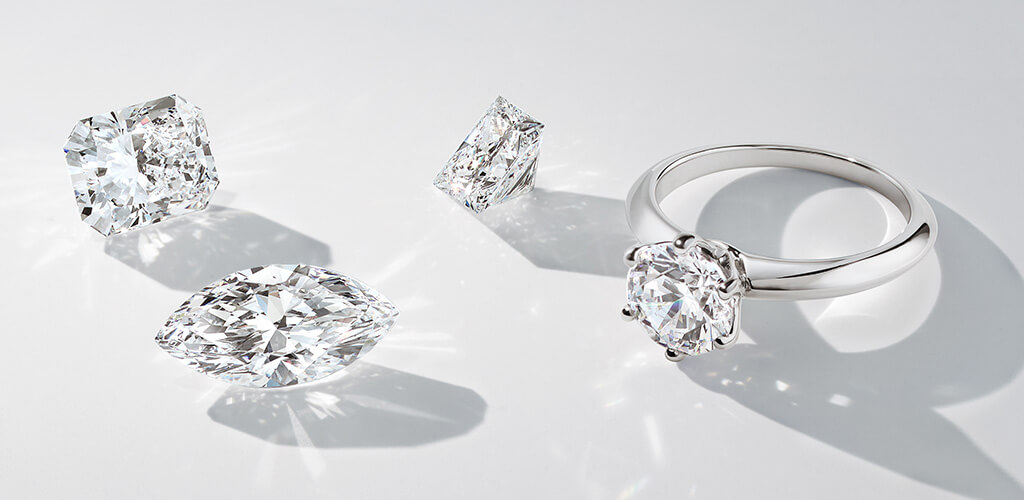
Durability is a crucial factor to consider when choosing a diamond. Let’s compare simulant diamonds and lab grown diamonds in terms of their ability to withstand daily wear and tear.
While dazzling in appearance, simulant diamonds have limitations when it comes to durability. These stones are generally much softer than natural and lab grown diamonds, which means they can be more susceptible to scratches and abrasions. However, moissanite is an exception here, with a hardness closer to diamonds at 9.5 on the Mohs scale.
On the other hand, lab diamonds share the exceptional durability of natural diamonds. Their hardness on the Mohs scale is identical to that of natural diamonds, making them highly resistant to scratching and damage.
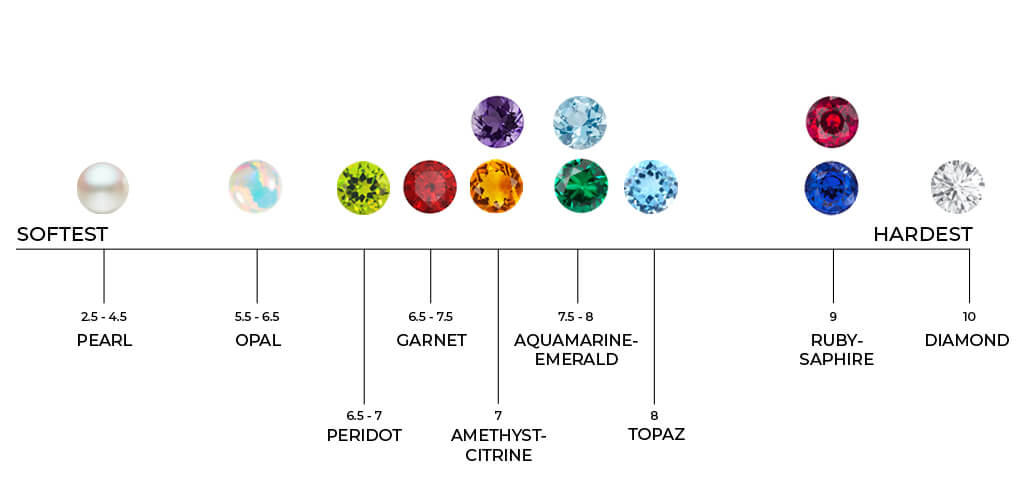
The creation of lab grown diamonds is a marvel of modern science. To appreciate these gems fully, let’s delve into the intricate processes and advanced technologies that bring them to life.
Lab grown diamonds are created through two primary methods: High-Pressure High-Temperature (HPHT) and Chemical Vapor Deposition (CVD).
In the HPHT method, scientists recreate the extreme conditions found deep within the Earth’s mantle, where natural diamonds form. Carbon atoms are subjected to high pressure (over a million pounds per square inch) and high temperature (around 2,200 degrees Celsius).
Under these intense conditions, carbon atoms arrange themselves into a diamond’s crystal structure, which grows layer by layer over time.
The CVD process involves placing a small diamond seed in a sealed chamber filled with a carbon-rich gas, such as methane. When the gas is heated to extreme temperatures, carbon atoms are released and bond to the diamond seed, causing it to grow. This method allows more precise control over the diamond’s growth and purity.
The result of these scientific processes is a lab created diamond that possesses the same physical, chemical, and optical properties as natural diamonds. They are indistinguishable from natural diamonds even under close inspection.
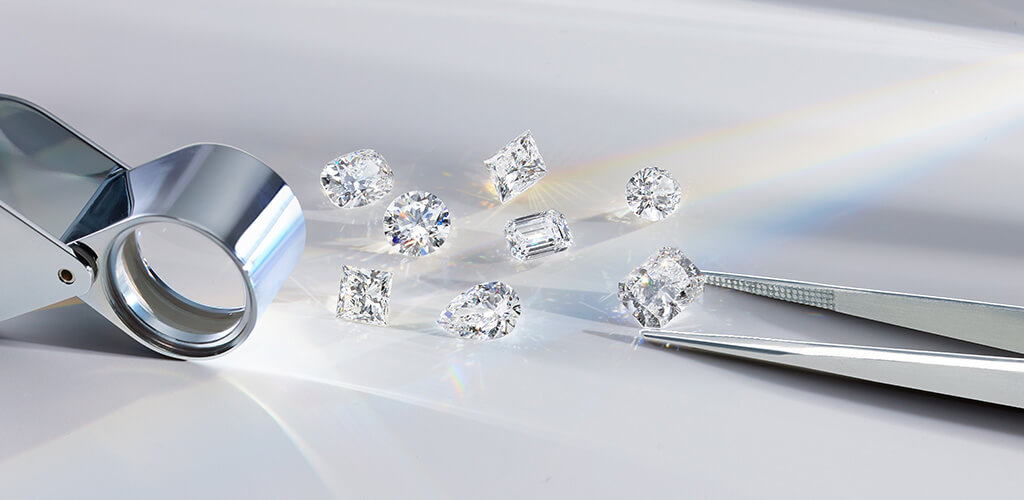
Now that you have a clearer understanding of simulant diamonds vs. lab grown diamonds, we’ll break down the reasons why you should choose these stones:
Choosing the stone that suits your lifestyle is an important part of designing meaningful jewelry that will last you throughout your life. Whether you choose to buy lab grown diamonds or natural diamonds, you can choose from thousands of beautiful options at James Allen.
As we wrap up this sparkling exploration of simulant diamonds vs. lab grown diamonds, it’s clear that both options offer unique advantages. Simulants provide an affordable and ethically sound option for those who desire the appearance of diamonds.
While lab created diamonds offer a sustainable, high-quality alternative. The choice ultimately comes down to individual preferences and priorities.
Simulated diamonds have value primarily in their aesthetic appeal. They are not as valuable as natural or lab created diamonds from a monetary standpoint.
Simulated diamonds are crafted to mimic the quality of natural diamonds in terms of appearance. However, they lack the intrinsic hardness and longevity of natural or lab diamonds.
No, simulated diamonds are not the same as cubic zirconia. While cubic zirconia is a popular diamond simulant, simulants can be made from various materials, including moissanite and white sapphire.